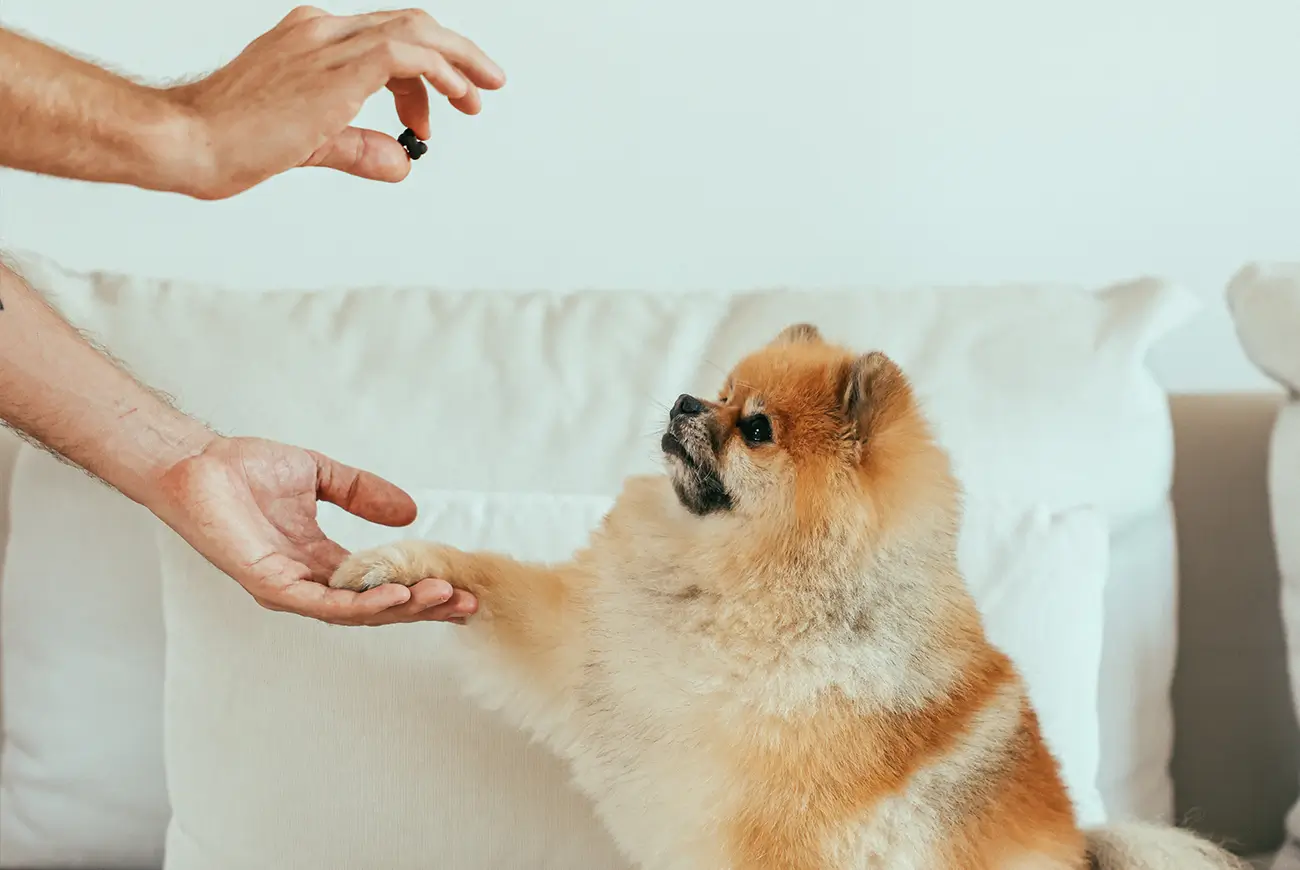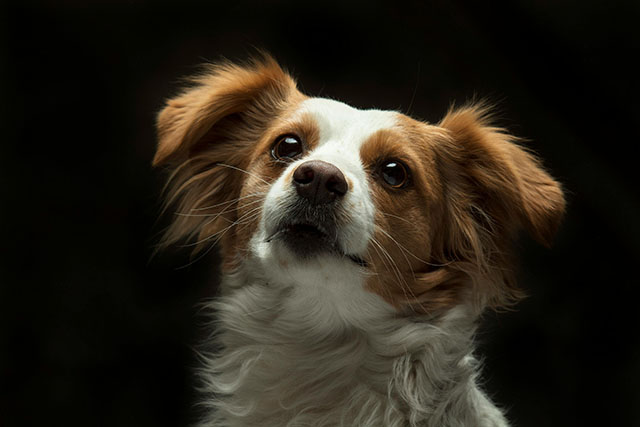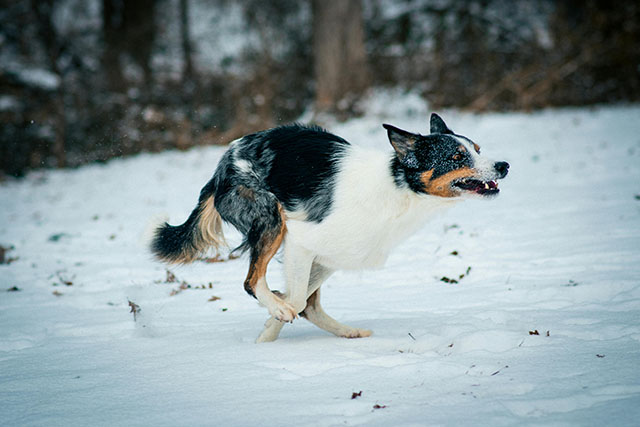Grooming your dog isn’t just about keeping them looking their best; it’s also essential for their overall health and well-being. Proper grooming, especially brushing, plays a significant role in reducing shedding, preventing mats and tangles, and maintaining a healthy and natural coat. Regardless of your dog’s breed or the length of their fur, mastering the art of grooming can be a rewarding and beneficial experience for both you and your furry friend. In this extensive guide, we’ll delve into the fundamentals of brushing your dog’s fur, tackling tricky tangles and stubborn mats, and implementing effective strategies to minimize shedding, ensuring your beloved pup stays happy and healthy.
Before You Begin: Preparing for Grooming
Before you embark on your grooming journey, it’s crucial to create a conducive environment for both you and your dog. Here are some essential steps to consider before getting started:
- Gather Your Supplies: Ensure you have all the necessary grooming tools and supplies within easy reach. Having everything prepared beforehand makes the process smoother and more enjoyable for both you and your dog.
- Choose the Right Brush: Different breeds and fur types require specific types of brushes. Invest in a quality slicker brush, a shedding blade or comb, a soft-bristle brush, shedding control shampoo, a flea comb, and a pair of nail clippers. These tools will cater to various aspects of grooming.
- Create a Calm Atmosphere: Find a quiet, comfortable space where you and your dog can relax during the grooming session. A calm environment helps your dog feel more at ease.
- Start Slowly: Remember that not all dogs enjoy being groomed. Start the grooming process gradually, and pay close attention to your dog’s reactions. Be patient and make the experience as stress-free as possible.
Now that you’re prepared let’s dive into the comprehensive guide for grooming your dog.
Brushing Your Dog’s Fur: The Basics
Brushing your dog’s fur is the cornerstone of a healthy grooming routine. It helps remove loose fur, debris, and tangles, keeping your dog’s coat clean and comfortable. Follow these steps to ensure a thorough brushing session:
Step 1: Choose the Right Brush
Begin with a slicker brush—a specialized tool designed to remove dead hair, debris, and tangles from your dog’s coat. The slicker brush is gentle on your dog’s skin while effectively addressing the primary grooming concerns.
Step 2: Brush in the Direction of Hair Growth
Position the slicker brush and gently run it through your dog’s fur in the direction of hair growth. Apply moderate pressure to remove loose hair and any tangles. Ensure your dog is comfortable, and adjust your brushing technique accordingly.
Step 3: Transition to a Soft Bristle Brush
Once you’ve completed the initial brushing with the slicker brush, switch to a soft bristle brush. This brush offers a more delicate experience, providing a gentle massage for your pup’s skin. Concentrate on areas prone to mats and tangles, such as behind the ears and under the legs.
Step 4: Addressing Thick Fur
For dogs with particularly dense fur, consider incorporating a shedding blade or comb alongside the soft bristle brush. Run the shedding blade or comb in the same direction as brushing to remove any excess fur that may have been overlooked.
Step 5: Regular Bathing with Shedding Control Shampoo
Incorporate regular baths into your dog’s grooming routine using a shedding control shampoo. This reduces shedding and acts as an additional tool for removing debris and maintaining coat health.
Removing Stubborn Mats and Tangles

Mats and tangles can be a persistent challenge, but with the right approach and tools, you can effectively address them:
Step 1: Employ a Full-Toothed Comb
For mats and tangles, a full-toothed comb is your go-to tool. Begin by carefully combing out these problematic areas, starting from the ends and working your way up. Always prioritize gentleness to avoid discomfort or fur pulling.
Step 2: Utilize a Flea Comb for Stubborn Tangles
When dealing with particularly stubborn mats and tangles, a flea comb can prove invaluable. The comb’s smaller, densely-packed teeth are excellent for navigating challenging knots.
Step 3: Employ a Detangling Spray
To facilitate mat and tangle removal, consider using a detangling spray. Apply the spray directly to the affected areas and gently comb through them. Repeat the process until mats and tangles are entirely resolved.
Minimizing Shedding
Shedding is a natural process for dogs, but there are effective strategies to reduce its impact on your home and your dog’s comfort:
Step 1: Regular Nail Trimming
Trimming your dog’s nails regularly can significantly decrease shedding. Shorter nails reduce the chances of fur being pulled out when your dog scratches or digs.
Step 2: Frequent Brushing Sessions
The frequency of brushing sessions depends on your dog’s breed. In general, aim to brush your dog’s coat at least once a week, if not more often. Regular brushing helps maintain a healthy coat and minimizes shedding.
Conclusion: A Happy and Healthy Pup
Proper grooming, including brushing, is an integral part of ensuring your dog’s health and happiness. With the right tools, techniques, and patience, grooming your dog’s fur, managing tangles and mats, and minimizing shedding can become a pleasurable experience for both you and your furry companion.
Always initiate grooming sessions slowly and remain attentive to your dog’s comfort. Utilize the recommended supplies, brush following the direction of hair growth, employ detangling sprays when necessary, and maintain your dog’s nail length. With dedication and care, you’ll have a happy and healthy pup boasting a radiant coat.
Jessica is a veterinary medicine student who is passionate about animals. Living with her cherished dog, Milo, deepens her understanding of the human-animal connection, enhancing her empathy as a future veterinarian.
Jessica’s concise articles reflect her dedication to improving the lives of animals and those who care for them, making her an inspiring figure in the pet care field.




